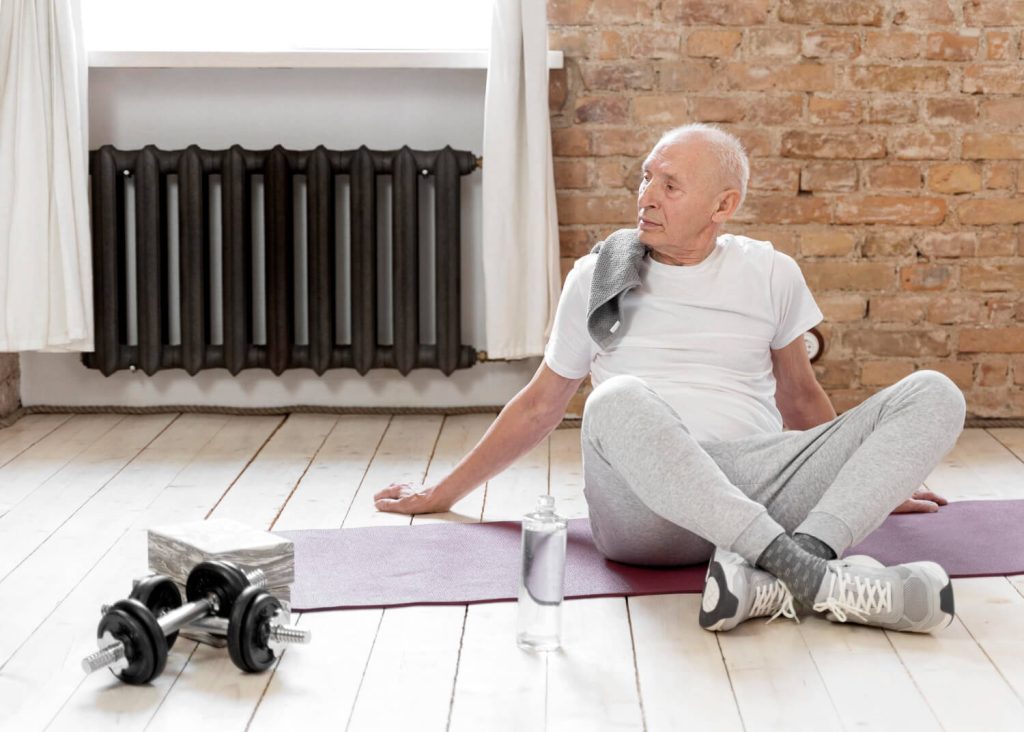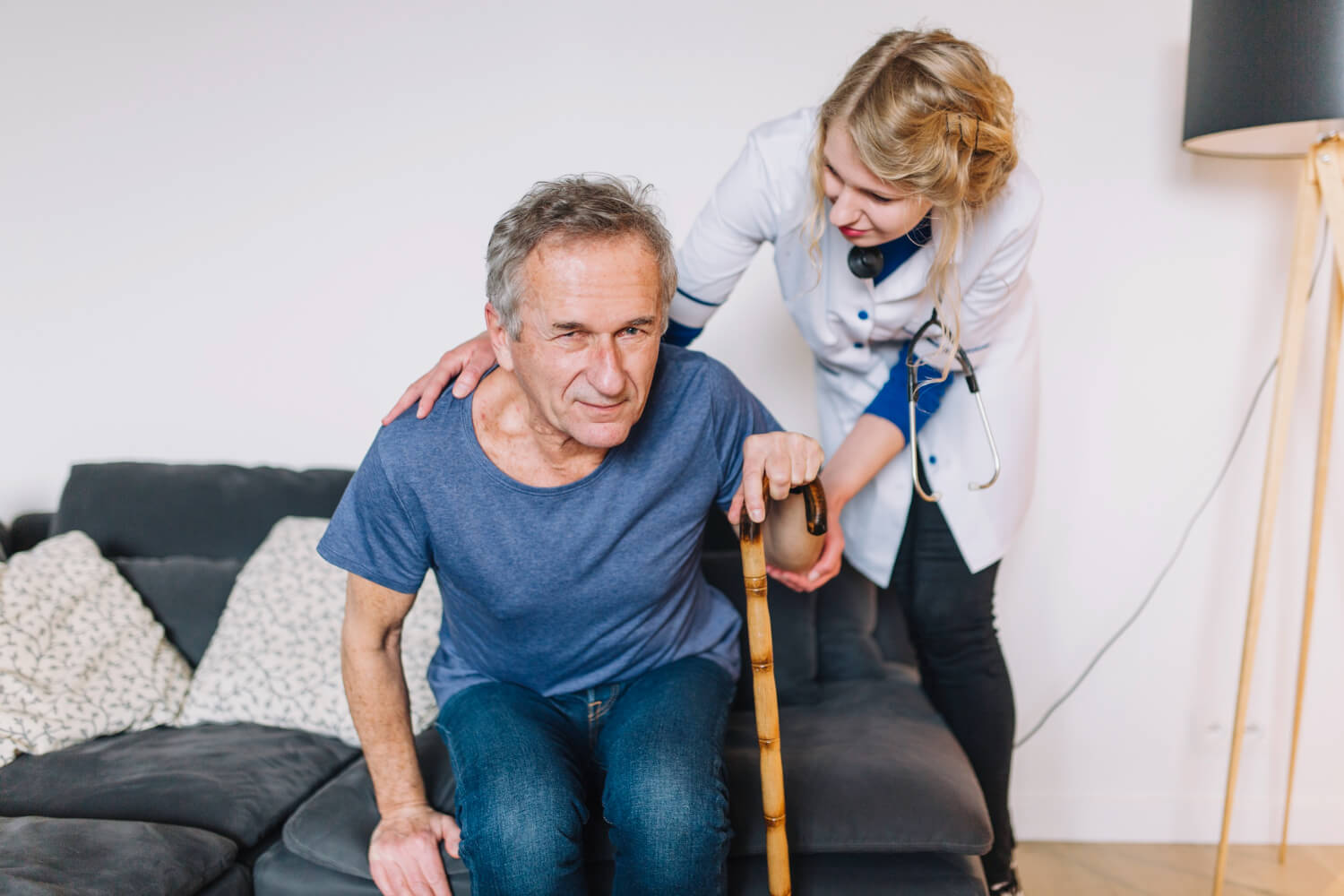Falls are one of the leading causes of injuries in older adults, often resulting in significant physical, emotional, and financial consequences. Fortunately, many falls are preventable with the right interventions. By focusing on improving balance, strength, and awareness, seniors can enjoy a safer and more independent lifestyle. Here are practical steps to prevent falls and enhance balance for seniors.
1. Understand the Risk Factors
Recognizing what contributes to falls is the first step in prevention. Common risk factors include:
- Muscle Weakness: Loss of muscle strength, particularly in the legs, can make it harder to maintain stability.
- Vision Problems: Poor vision can make it difficult to see obstacles.
- Medications: Some medications can cause dizziness or drowsiness, increasing fall risk.
- Chronic Conditions: Conditions such as arthritis, diabetes, and Parkinson’s disease can affect mobility and balance.
- Home Hazards: Clutter, slippery floors, and poor lighting create unnecessary risks.
2. Conduct a Fall Risk Assessment
Seniors and their caregivers should work with healthcare providers to assess fall risk. This may involve:
- Reviewing medications for side effects.
- Checking vision and updating prescriptions for glasses.
- Evaluating gait and balance through physical tests.
3. Strengthen Muscles and Improve Balance
Regular exercise is essential for maintaining strength and balance. Suitable activities include:
- Tai Chi: This low-impact exercise improves balance, flexibility, and coordination.
- Yoga: Gentle yoga poses strengthen core muscles and improve posture.
- Strength Training: Using resistance bands or light weights can help build leg and core strength.
- Walking: A simple daily walk can enhance overall mobility and confidence.
Many community centers and senior organizations offer group fitness classes tailored to older adults, providing a safe and social environment to exercise.
4. Create a Safe Home Environment
A senior’s living space should be optimized for safety. Key adjustments include:
- Remove Clutter: Clear pathways of furniture, cords, and other obstacles.
- Install Grab Bars: Place grab bars in bathrooms near toilets and showers.
- Use Non-Slip Mats: Add non-slip mats in the bathroom and kitchen.
- Improve Lighting: Ensure all areas are well-lit, including staircases and hallways.
- Secure Rugs: Use double-sided tape or remove loose rugs altogether.
- Rearrange Storage: Keep frequently used items within easy reach to avoid the need for climbing or bending.
5. Wear Proper Footwear
Footwear plays a critical role in balance. Seniors should choose shoes that:
- Have non-slip soles.
- Fit snugly but comfortably.
- Provide good support and cushioning.
Avoid wearing slippers without proper soles or walking barefoot on slippery surfaces.
6. Address Vision and Hearing Issues
Good vision and hearing are vital for maintaining balance and spatial awareness. Seniors should:
- Schedule regular eye exams to detect conditions like cataracts or glaucoma.
- Ensure hearing aids are functioning properly if needed.
- Use adequate lighting and contrasting colors to make obstacles more visible.
7. Use Assistive Devices When Necessary
Assistive devices can provide extra stability for seniors at risk of falling. Options include:
- Canes and walkers.
- Handrails along staircases and hallways.
- Raised toilet seats to make sitting and standing easier.
A physical therapist can recommend the right devices and teach proper usage.
8. Practice Mindfulness and Focus

Mindfulness can help seniors stay present and aware of their surroundings. Strategies include:
- Move Slowly: Avoid rushing, especially when standing up or navigating stairs.
- Focus on Tasks: Pay attention when walking or reaching for objects.
- Avoid Distractions: Reduce distractions such as talking on the phone while moving.
9. Encourage Healthy Lifestyle Choices
Overall health impacts balance and coordination. Encourage:
- Good Nutrition: Adequate intake of calcium and vitamin D supports bone health.
- Hydration: Dehydration can cause dizziness and fatigue.
- Adequate Sleep: Rested individuals have better focus and coordination.
10. Build a Support System
Social connections are crucial for seniors’ physical and emotional well-being. Regular check-ins with family, friends, or caregivers can ensure safety and provide opportunities to discuss concerns. Encourage participation in community activities to combat isolation and build confidence.
Conclusion
Preventing falls and improving balance in seniors is a multifaceted approach that combines exercise, home safety, health management, and mindfulness. By taking proactive steps, seniors can reduce their risk of falls and maintain their independence. Caregivers and family members play a crucial role in supporting these efforts, ensuring that their loved ones live safer, more fulfilling lives.







